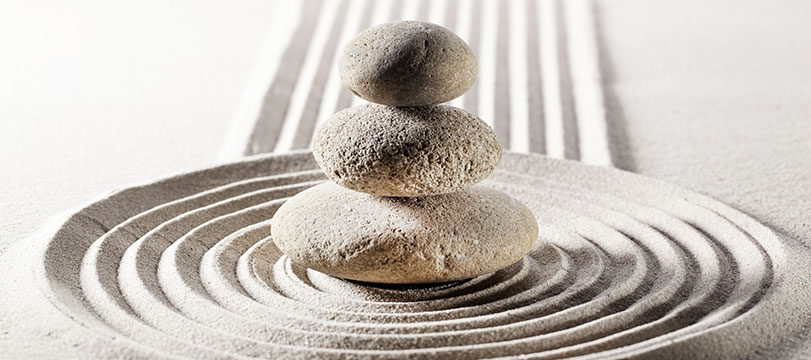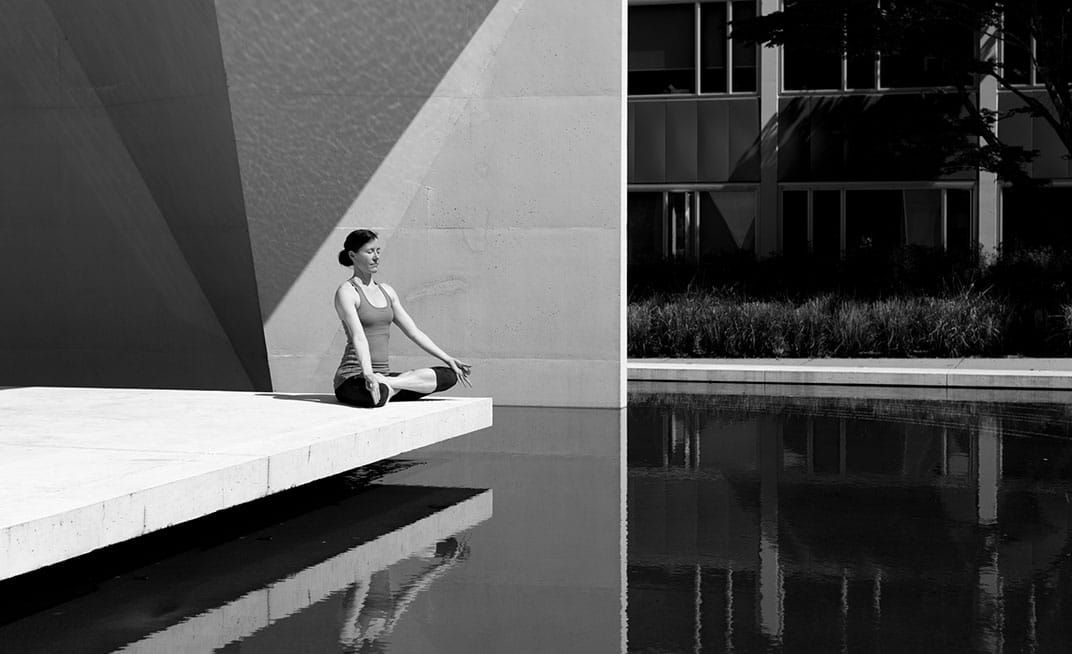
04:31 -
© Pixabay
Do you often have dry eyes? Do they get tired or give you headaches at the end of the day? Then it’s time to start practising eye yoga. This natural method helps to relax eyes, reduce fatigue and improve sight with a few simple exercises.
Did you know that your eyes could do yoga? There’s no need for equipment or a gym subscription: eye yoga needs just a few minutes’ practice each day to get the benefits, especially for those who spend their days in front of a computer screen. It involves a series of exercises that reduce fatigue, releases tension and maintains healthy eye sight, and while it can’t replace wearing glasses, it can limit eye troubles further down the line.
As our computers, smartphones, tablets and TV take more and more of our attention, the hours our eyes spend looking at screens has a direct consequence on our visual health. When we look at screens, we have a tendency not to blink for long periods of time, something that is necessary to keep the cornea moist and keep your eyes comfortable. Keeping them fixed in one place for too long, they begin to dry out leading to fatigue, itchiness, redness, irritation and even headaches and dizziness. These bad habits can eventually lead to eye problems that could easily have been prevented. This is where eye yoga comes in. Thanks to a simple series of exercises, this technique helps our eyes stay moist, relaxes eye muscles and keeps them strong. Behind our eyeballs, six muscles are constantly working to help us see properly, and they need exercising just like any other.
Drawing on ayurvedic medicine, eye yoga was popularised in the 1920s by a doctor called Agarwal and an ophthalmologist named William Bates who created the ‘Bates’ method, promising to improve visual acuity including treating short-sightedness and farsightedness. Though an attractive idea, no scientific study has proven that it works to this degree. That said, eye yoga can lead to genuine wellbeing, increase eye comfort and preserve sight.

© Rochel Scott/Pixabay
Depending on the exercises practised, eye yoga can
– Strengthen eye muscles
– Improve their flexibility
– Reduce eye dryness
– Fight against visual fatigue
– Hydrate eyes and reduce sources of discomfort
– Relax eyes
– Relax your mind
In order to be truly effective, eye yoga needs to be practised regularly, ideally for a 10-15 minutes each day.
Find a calm place where you can be alone and breathe deeply during the exercises to get the most relaxing effects. Take off your glasses or contact lenses if you wear them, open your eyes wide and follow the steps below.
For each of these exercises, make yourself comfortable and check that your back and head are aligned, with your shoulders relaxed. Each movement should be repeated ten times.

© Matthew-Henry burst/shopify
Alphabet: Slowly draw the first five letters of the alphabet one by one with your eyes
Oscillations: Without moving your head, raise your eyes as high as you can, then lower them as far as you can. Then look right, then left. Follow by tracing a diagonal line from bottom right to top left, then repeat the other way.
Clock: Slowly draw large circles with your eyes as if following the second hand of a clock, then go in the opposite direction.
Magic paintbrush: Imagine you have a paintbrush in your vision and trace around the edges of objects in your vision.
The pen technique: Hold a pen at eye level and stretch out your arm in front of you. Bring the pen slowly towards your nose while staring at it, then draw it back away from you.
Adjustments: Look at an object that’s far away for 1 second, then look at something close for 1 second. This exercise works on far away and close up vision and improves focusing and adapting to distance.
Palming: Rub your hands together to warm them up, then place them lightly on your closed eyes without exerting any pressure. Close your fingers tightly to prevent any light getting in. This exercise relaxes your eyes during the day and gives them a break and can be practised in between each exercise.
Blinking: Blinking regularly prevents your eyes from drying out. When closed, the eyelids spread a film of tear fluid across the surface of the eyes to hydrate them, lubricate and protect them so remember to blink throughout the day. If you spend a lot of time in front of screens, take regular breaks to blink ten times. You can also close your eyes and roll them behind the eyelids to spread the fluid from the tear ducts.
As well as doing these exercises, your vision needs taking care of every day through a healthy lifestyle. A lack of sleep, a bad diet or a lack of hydration can have direct consequences on sight.
Pay attention to air conditioning or heating which can both dry out eyes. A humidifier can help with this. If your eyes are sore, that can be a sign of an environment that is too dry.
Good hydration is also very important for healthy eyes so drink at least 1.5 litres of water a day.
If you work in front of a computer all day, make sure to take regular breaks, especially when you feel your eyes are getting tired. You can use the 20/20 rule: every 20 minutes, take 20 seconds to look into the distance. If that’s too often, take a break every hour.
Limit the amount of time you spend in front of a screen. Too much time exposed to the blue light can have a negative effect on our vision.
When it comes to diet, certain foods are recommended for healthy eyesight. Make sure to get plenty of vitamins like vitamin A (found in carrots, peaches, oranges and red peppers), and vitamin E (found in almonds, avocadoes and sunflower oil). These protect the eye cells from free radicals thanks to their antioxidant qualities.
If you have persistent visual fatigue which affects your daily life, speak to your optician. They will be able to tell you if you need to wear glasses or refer you to an orthoptist who will help correct visual problems through exercises that re-educate the eyes. This can be useful in cases of squinting, problems focusing and age related muscular degeneration.

©conscious design/unsplash
Written by Josh Arnold